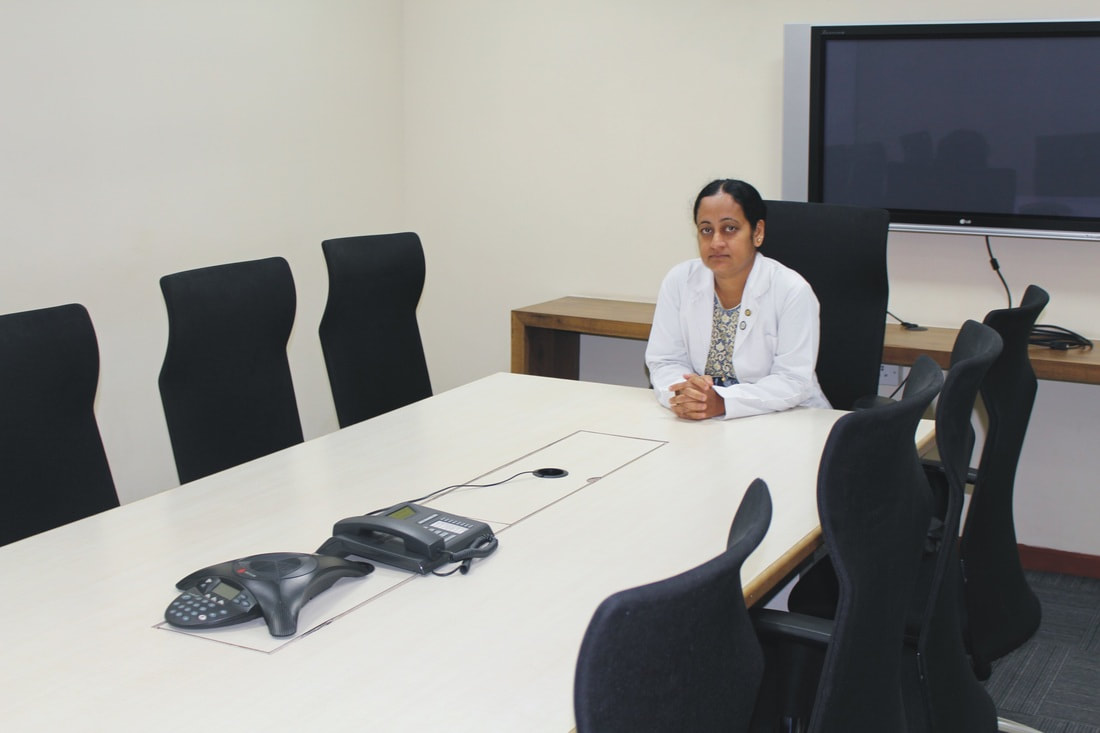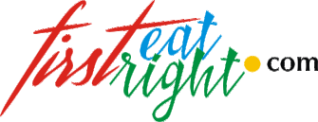 A Quick Chat Refreshes Your Mind A Quick Chat Refreshes Your Mind Mankind is entitled to two official breaks during working hours at office- a snack/tea and a lunch break. All the other breaks that we take, even going to the cooler to fetch water, having a small chit-chat with a colleague, attending phones during working hours or surfing social media sites are all unofficial breaks that we take out of our own will during office hours. We have a new term for these kind of breaks – ‘microbreaks’. Microbreaks are brief recovery periods taken between work-related activities. They are rest breaks taken to protect oneself against stress or accumulated trauma while working in a computer-related environment. In simple words, these are gaps taken between work schedules to enable the individual to replenish his/her lost energy stores occurred from prolonged work schedules. This gap might last anywhere from several seconds to minutes depending on the type of break availed. Two types of strategies are usually followed- one that focuses on recovery and another that focuses on maintaining work productivity. The former is productive than the latter as it replenishes resources while productivity-based strategies continue to deplete employee resources. There is no stipulated time duration and frequency but with only two rules that it should be short and voluntary. The concept of ‘microbreaks’ was invented in the late 1980s by researchers from the National Institute of Occupational Safety and Health in Ohio and Purdue University in Indiana. Each of the participants were allowed to take 27 seconds break every 40 minutes during which they remained seated at their workstations doing nothing. Though there was no significant difference seen in productivity people who had taken longer microbreaks reaped better benefits. Advantage of Microbreaks for Surgeons Microbreaks are used mainly to reduce the risk of developing injuries in the workplace. Surgeons are one of the main professionals who reap benefits of microbreaks as their job involves standing and focusing for long hours during surgeries which can cause fatigue, musculoskeletal disorders (MSDs) and work-related pain mainly in the neck, back and shoulders. Though ergonomic aids are suggested and have been used by surgeons but they don’t provide as much comfort and relaxation as expected. Also, we cannot expect surgeons to take breaks while doing a procedure as the patient’s safety becomes the first priority. Microbreaks were one remedy that promised to offer better results in minimizing ergonomic risk. A focus group consisting of 10 users (6 males and 4 females) were considered to take up a study test on microbreaks with a series of stretch exercises that were to be performed in between surgeries. All the stretches were designed by a physical therapist in collaboration with an ergonomist to address major issues that include posture correction, normalization of tissue tension and soft tissue mobility/gliding and relaxation/stress reduction. All the participants performed the stretches giving feedbacks on the likes and dislikes about the stretches also mentioning the components that prevailed as a hindrance for their performance. Before doing any of the stretches they were all shown a pilot video for 90 seconds. With repeated discussions and demonstrations, the best combination of stretching exercises that could be used during surgery without any need to scrub out was identified. The results were implemented into another video where two persons performed stretches with two views (side and frontal) for better visualization of the movement. They occupied the middle and left portion of the screen as these are the two places where we divert most of our attention. The video also had an audio that came up with step-by-step instruction for improved demonstration of the task, lower cognitive load and better accessibility in a sterile environment when the computer screen is not visible to the user sometimes. Keeping in view that surgeons become absorbed in the surgery a web app was developed in two stages which reminds them to take a break and talks them through the stretching procedure. The reminder included an alarm sound that did not startle the staff in the middle of a surgery, had a snooze option to delay the microbreak when the surgeon was in the middle of an important phase and was also made available to all the staff outside the operation room as well to help in snoozing or stopping the alarm. Once done, 7 surgeons (3 males, 4 females) consented to test the stretching app pilot in their ORs. Each of them performed at least 70% of the surgery and operative days were included if the procedure lasted for at least 2.5 hours with at least 4 hours of total surgical duration per day. At the end of day, each of them filled a short online survey to give their feedback on the effectiveness of microbreaks. 4 metrics including ‘physical performance’, ‘mental focus’, ‘body pain/discomfort’ and ‘level of fatigue’ were measured using ratings including Better, No Change or Worse. Six other questions were rated on a scale of 0 (none) to 10 (maximum). Non-Routine Event (NRE) data was measured through observation for the participant’s operative procedure. NREs are events that are treated to be distracting, undesirable, unusual or atypical. Results showed that the participants found it difficult to understand and follow verbal instructions in the video due to vague descriptions, problems in viewing the stretches and coordination problems (syncing left and right hand/leg movements with that in the video). Keeping all this in mind the final video time was cut to 68 seconds. The 7 surgeons had 6 microbreaks and were observed for 12 surgical days. The four primary outcome questions that provided three options as answers showed that after surgical procedure better physical performance and lower fatigue was reported 91.67% surgical days. Better mental focus was reported on 83.33% of surgical days and less pain/discomfort was reported on 100% of surgical days. Frequency of NREs in procedures without microbreaks did not differ from those with microbreaks. The pilot study clearly shows that it is necessary to take microbreaks in between to prevent negative impact on patient care due to job demands. A study on call centre people (one of the most emotionally tiresome jobs) helping them with microbreak interventions showed excellent benefit-those who were not engaged with their jobs started benefitting from microbreaks with improved productivity and more positive feelings. Another study conducted on 28 employees in a meatpacking plant over a 4-week period showed that active microbreaks reduced the discomfort faced by employees during the work day. Yet another study conducted on employees working on computer terminals focused on four main muscle areas and results showed that it reduced discomfort in all four areas during computer work especially when breaks were taken every 20 minutes. So, don’t forget to take short breaks in between to stretch yourself, go to the washroom or get some fresh air. If you don’t have the habit of taking breaks or belong to the type of personality who would become immersed in the job at hand it is better to have a timer to remind you! Don’t feel guilty when you look at the phones often, engage in a funny video or call someone who would make you laugh. But also remember to engage in productive work without overdoing on the break timings. Else you cannot deliver what has been promised withing the stipulated time. Providing Diverse Advantages Hence microbreaks are proved to reduce stress, discomfort, keep workers engaged and make work more enjoyable. References Mini Breaks, Many Benefits: Development & Pilot Testing of An Intraoperative Microbreak Stretch Web-application for Surgeons: https://journals.sagepub.com/doi/pdf/10.1177/1541931218621240 Active Microbreak Effects on Musculoskeletal Comfort Ratings in Meatpacking Plants: https://www.tandfonline.com/doi/abs/10.1080/00140139508925107 Computer Terminal Work & the Benefit of Microbreaks: https://www.sciencedirect.com/science/article/abs/pii/S0003687000000715?via%3Dihub A Series of Microbreaks Can Also Have a Powerful Effect on Your Body & Your Mind: https://www.bbc.com/worklife/article/20190312-the-tiny-breaks-that-ease-your-body-and-reboot-your-brain Comments are closed.
|
AVOID FRAUD. EAT SMART+91 7846 800 800
|
- Home
- Written Testimonials
- Consult
- Clinics
- Blogs
-
Diet & Nutrition
- Diabetes Reversal
- IVF IUI not needed for PCOS PCOD Infertility
-
Medical Nutrition
>
-
Disease & Conditions
>
- Infertility | PCOS
- Diabetes Mellitus
- Cholesterol
- Hypothyroid
- Kidney Problems
- Hypertension
- Cardiovascular Diseases
- Liver Diseases
- Gastro intestinal disorder
- Cancer
- Metabolic Disorders
- Orthopedic Disorders
- Eating Disorders
- Dietary Recall
- Weight Record Filled By Clients
- Online Payment Transaction Details
- Online Clients Weight Check Form
- Our Program Package Service Charges
- Weight Record 2017 Clients
- Measurements sent by Clients
- Terms & Conditions Of Payment
- Thanks. Your Form is Submitted
- Video Testimonials
- Lifestyle & Wellness
- Lifestyle & Wellness Blog
- Allergy & Intolerance
- Weight Loss / Gain
- Weight Loss / Slimming Blog
-
Disease & Conditions
>
- Life Cycle Nutrition >
- Sports Nutrition >
- Integrity in Nutrition
- Knowledge Centre
© COPYRIGHT 2022. ALL RIGHTS RESERVED. FRST HEALTHCARE PVT LTD.
Dr. Nafeesa Imteyaz of First Eat Right clinic, is the Best Dietitian Nutritionist in Bangalore. Best Dietitian Nutritionist in Pune. Best Dietitian Nutritionist in Hyderabad. Best Dietitian Nutritionist in Chennai. Best Dietitian Nutritionist in Mumbai. Best Dietitian Nutritionist in Delhi. Best Dietitian Nutritionist in Kolkata.



